Cheetahs, known for their incredible speed, hold the title of the fastest land animals, capable of reaching up to 70 mph in short bursts. But how did they evolve to become such extraordinary sprinters? The answer lies in their unique anatomy, evolutionary adaptations, and survival strategies.
Evolutionary Roots of Speed
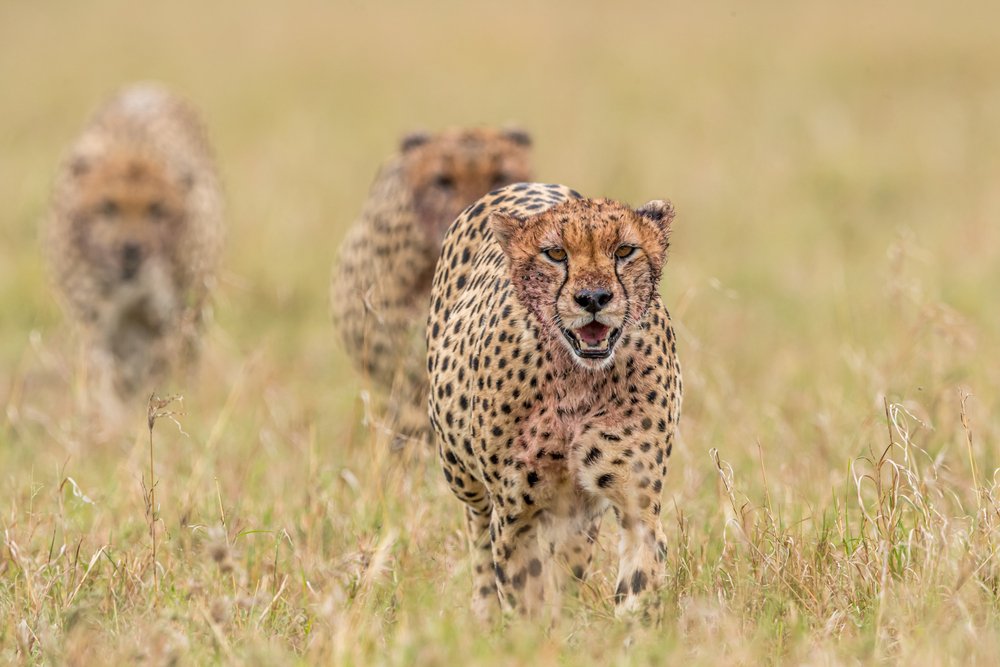
The cheetah’s lineage dates back millions of years, originating from ancient big cats. Over time, their evolutionary path favored speed over strength, diverging from relatives like lions and leopards. As their environment shaped their needs, cheetahs adapted to pursue fast-moving prey, such as gazelles, in open grasslands.
A Body Built for Speed
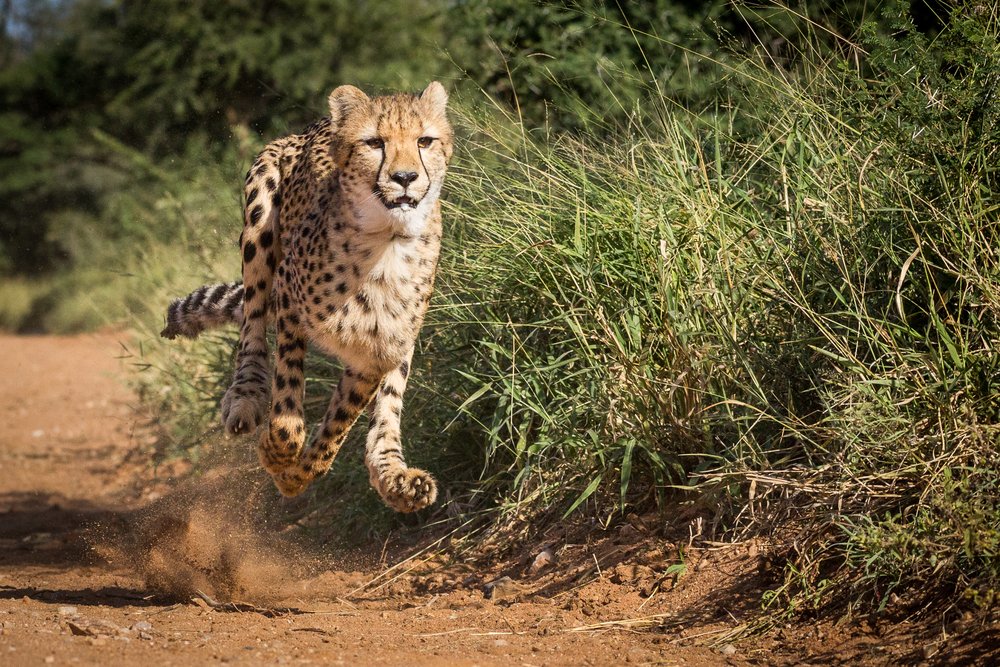
Cheetahs possess a specialized body structure designed for acceleration and agility. Their lightweight frame, long limbs, and flexible spine allow for extended strides of up to 25 feet in a single leap. Meanwhile, their large nasal passages and lungs enable rapid oxygen intake, fueling their muscles during high-speed chases.
Powerful Muscles and a Unique Tail
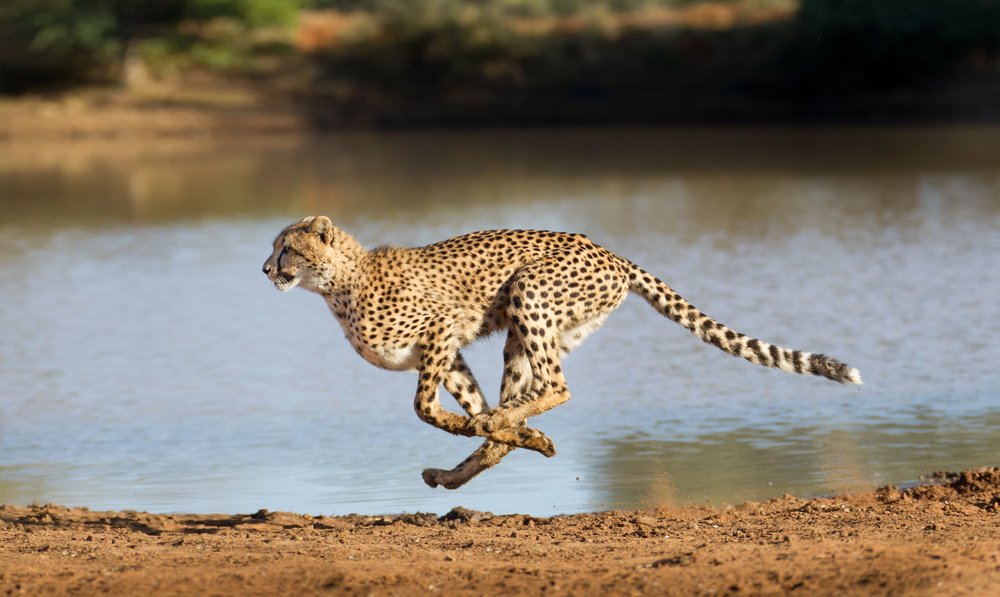
Muscle composition plays a crucial role in the cheetah’s speed. These cats have a high proportion of fast-twitch muscle fibers, which provide explosive power for sprinting. Additionally, their long, muscular tail acts as a counterbalance, helping them make sharp turns at high speeds to pursue agile prey.
Exceptional Vision and Hunting Skills
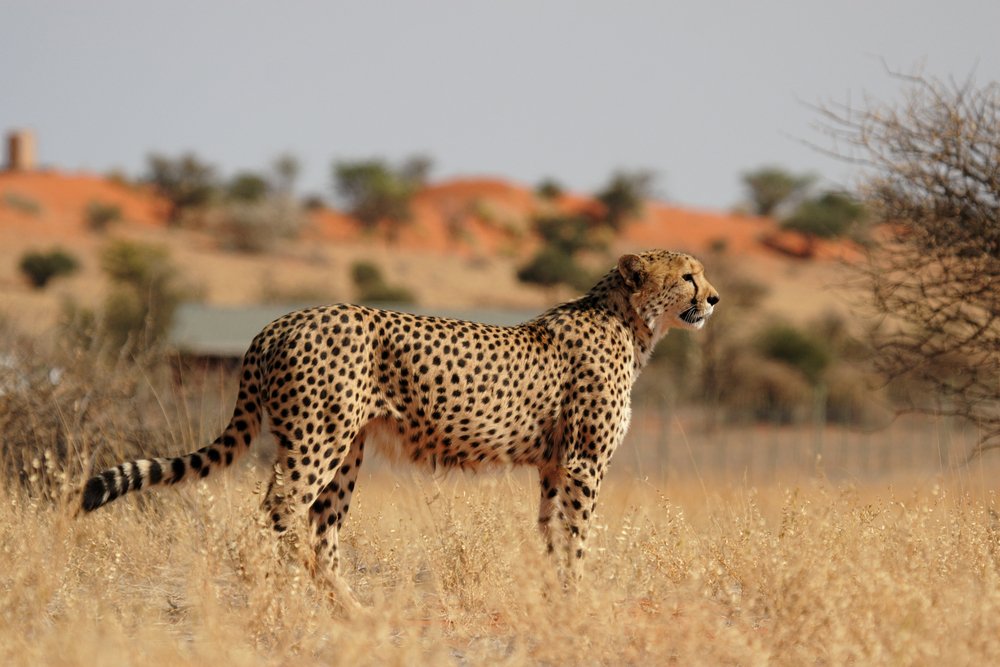
Cheetahs rely on their keen eyesight to spot prey from a distance. Unlike nocturnal big cats, cheetahs hunt during the day, using their sharp vision to track and target animals. Once they’ve closed in, their speed and precision allow them to capture prey with astonishing efficiency.
Speed Over Strength
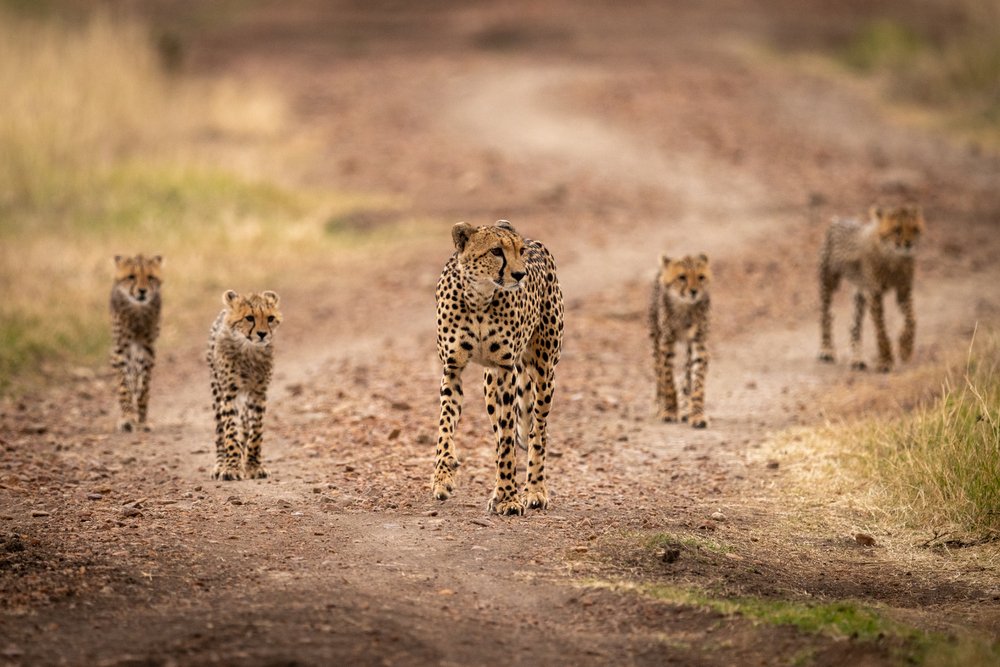
While cheetahs are unmatched in speed, their specialization comes at a cost. Their slender build makes them less powerful than other predators, leaving them vulnerable to competition. Larger predators, such as lions and hyenas, often steal their kills, forcing cheetahs to hunt frequently to survive.
Conservation Efforts for Cheetahs
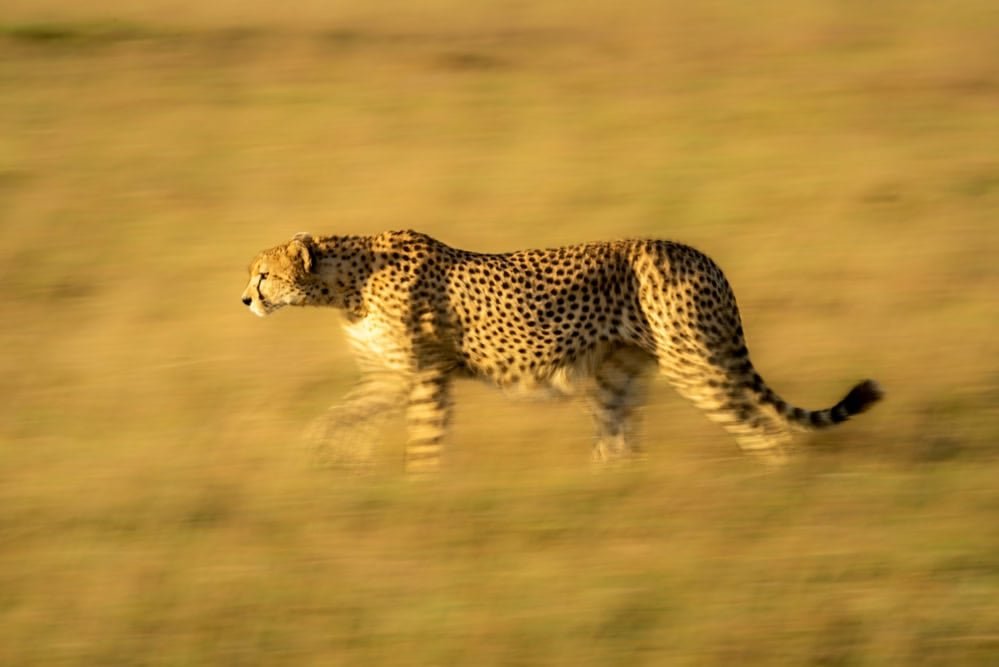
Today, cheetahs face threats from habitat loss, human-wildlife conflict, and declining prey populations. Conservation programs focus on preserving their natural habitats, reducing conflicts with humans, and supporting genetic diversity to ensure their survival. By understanding the factors that make cheetahs unique, we can better protect these remarkable animals.
Nature’s Perfect Sprinter
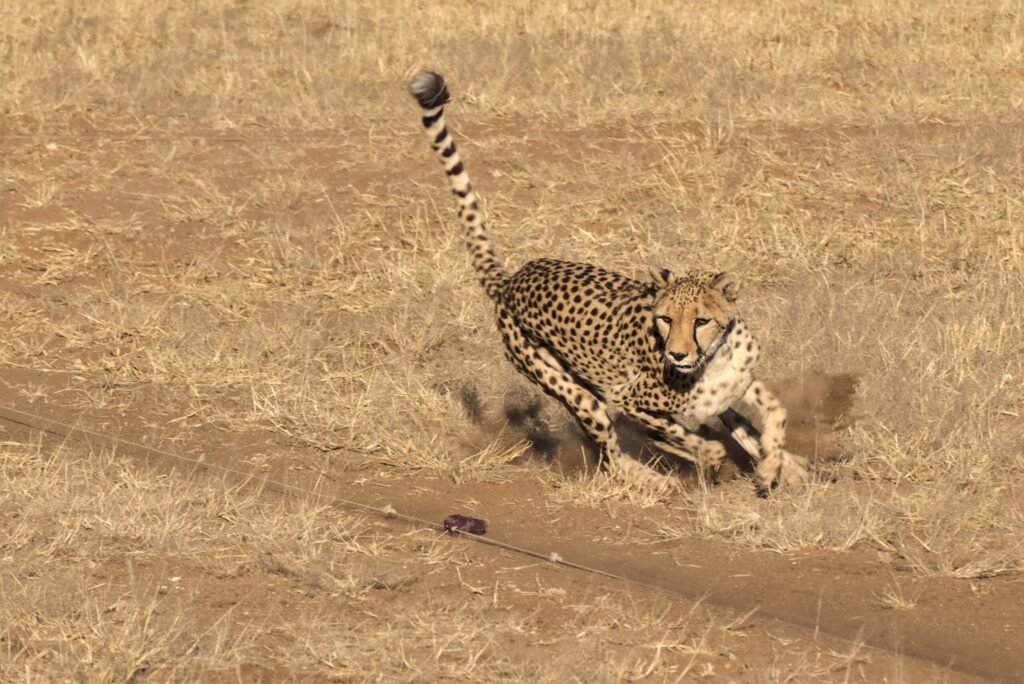
Cheetahs are a marvel of evolution, embodying speed and grace. Their unique adaptations not only make them the fastest land animals but also highlight the delicate balance between specialization and survival. Protecting cheetahs ensures that future generations can continue to admire these incredible sprinters of the wild.

Growing up traveling and experiencing new cultures and wonders, I have had a passion for nature, adventuring, photography, and videography. I am currently working towards a BSc in Biodiversity and Ecology at Stellenbosch University, and I hope to specialise in Marine Sciences one day.
Please send any feedback to Feedback@animalsaroundtheglobe.com






